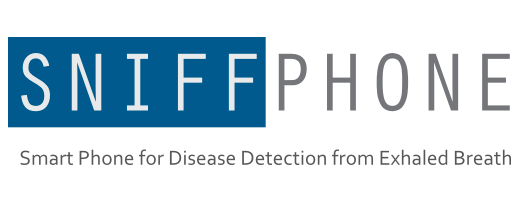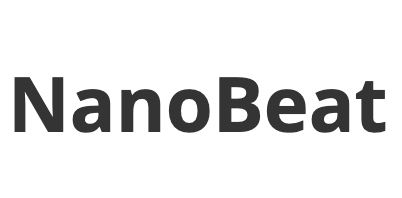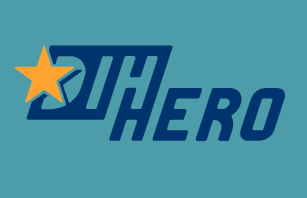NOBEL highlights today a first series of 5 HealthTech European projects, brilliant examples showing how emerging medical technologies can shape the future of healthcare in Europe. They are all funded by the Horizon 2020, the 8th European Framework program for Research & Innovation, which has invested 80 billion euros to enable great scientific and technological progress in healthcare. Meet our first selection of great initiatives to help the EU citizens benefitting from more efficient and sustainable medical cares in a near future!

HYPOSENS
www.hyposens.eu
Diagnosing breast cancer with a minimally-invasive device will improve and fasten healthcare, reduce the costs and enhance the patient’s condition.

SNIFFONE
Detecting disease in the exhaled breath with a smartphone empowers the patient and makes him an actor of his own health.

NanoBeat
New advanced nanoscaffolds will enable cardiac tissue engineering by stimulating electroactive cell growth.

POSITION II
Establishing a single manufacturing network for smart catheters and implants will enable European industry to take the lead in the development of these new life-saving instruments.

DIH-HERO
A Hub for digital innovation in robotics for healthcare will accelerate innovation and standardise regulations in this field.
Together, they make the HealthTech revolution happen in Europe!
Indeed, these 5 European projects develop very diverse emerging medical technologies. Within the NOBEL Project, we act to integrate these developments into a larger framework for innovation in healthcare, keeping in mind the ultimate goal to improve patients’ condition. Among our key priorities, we support :
- The synergy of promising technologies for smart medical devices of the future thanks to fruitful cross-sectorial collaborations like in the projects HYPOSENS, NanoBeat or SNIFFPHONE
- Accelerating innovation by connecting all relevant stakeholders from research to the clinic and providing high-end expertise to foster technology transfer, like DIH-HERO or NOBEL do.
- Defining new regulatory frameworks for medical innovation by bringing together technology providers and regulatory authorities, for instance in DIH-HERO or NOBEL
- Enabling scaling-up and industrialisation of validated technologies with the help of pilot lines and manufacturing networks, and structuring value chains, like POSITION is doing in the area of smart catheters and implants.

